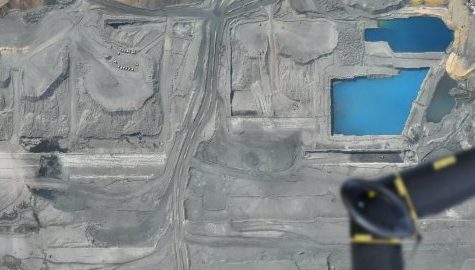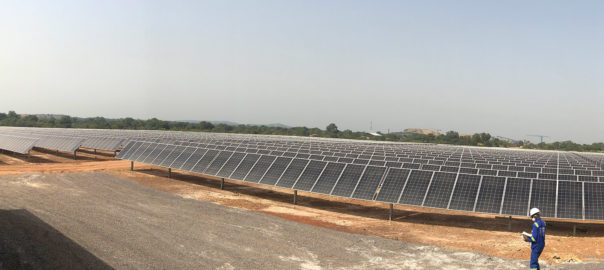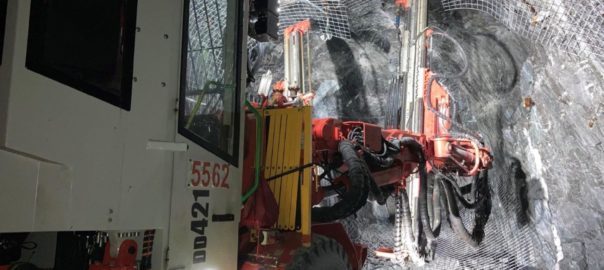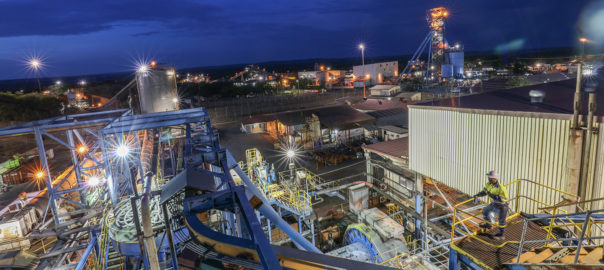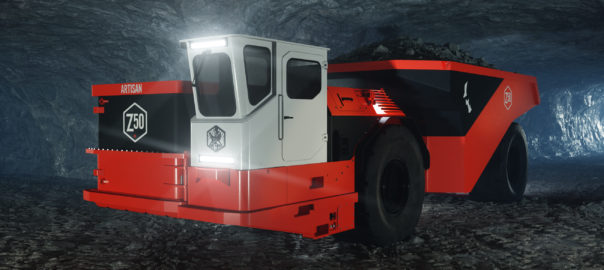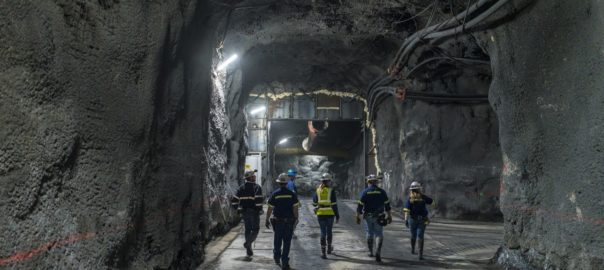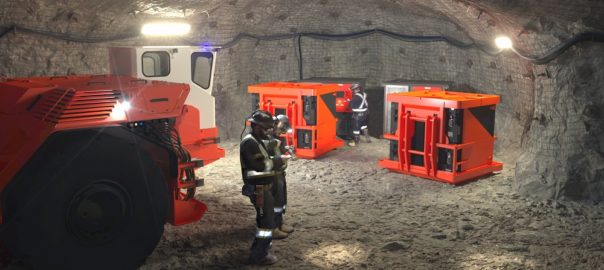Barrick Gold’s decision to carry out a three-year production trial using Artisan Z50 battery-electric vehicles at the Turquoise Ridge gold mine looks to be paying off, with underground tonnage mined at the joint venture operation increasing during the most recent quarter.
Back in November, Sandvik and Barrick confirmed the signing of a partnership agreement for trailing and enhancing battery-electric vehicles (BEVs) for underground hard-rock mining. This would see a three-year production trial take place where Sandvik would deploy four Artisan Z50 BEV trucks at the Turquoise Ridge gold mine, part of the Nevada Gold Mines joint venture where Barrick is the 61.5% owner and operator.
In the company’s just-released June quarter results, Barrick reported that Turquoise Hill gold production in the June quarter was 15% lower than the prior quarter mainly due to an extended planned maintenance shutdown at the Sage autoclave. It noted that upgrades to the autoclave during the shutdown were expected to deliver improved reliability and performance in the second half of 2021.
And, while total tonnes mined decreased 12% compared with the prior quarter – driven by lower open-pit production – underground tonnes mined improved 11% quarter-on-quarter it said.
In this three-month period, Turquoise Ridge benefitted from “efficiency gains from the Sandvik Z50 electric haulage trucks at Turquoise Ridge” and higher tonnes mined from the Vista underground after remediation efforts were completed in the March quarter of 2021 following the previously disclosed fall of ground, it said.
While the use of the Z50s benefitted tonnage mined in the quarter, Barrick did not in its follow-up quarterly presentation that it was “working with Sandvik to address ongoing issues with batteries”.
Still on Turquoise Ridge, Barrick reported that shaft sinking on the Third Shaft at the mine had advanced to its final depth of 989 m below the collar in the quarter.
Construction of the Third Shaft, which has a hoisting capacity of 5,500 t/d, continues to advance according to schedule and within budget, it noted, with commissioning in late 2022. The focus of the project is now shifting from sinking activities to equipping in the September quarter.
Together with increased hoisting capacity, the Third Shaft is expected to provide additional ventilation for underground mining operations as well as shorter material haulage distances, according to Barrick.
As at June 30, Barrick had spent $201 million (including $17 million in the June quarter) out of an estimated capital cost of around $300-$330 million (100% basis).
Thyssen Mining is carrying out the shaft sinking project at the Third Shaft.








